The way your car balances its weight across all four wheels pretty much defines how it’s going to behave in corners. It’s among several other variables that play an important role in determining your car’s handling characteristics.
To ensure equal weight distribution, you need to get your car corner balanced. It involves redistributing your car’s weight evenly across all four corners without actually moving any physical weight around.
You’re probably wondering how weight can be redistributed without actually moving stuff around, and the answer is simple — by adjusting your spring height. To do this, your car needs to be fitted with coilovers.
The reason behind using spring height adjustment for the purposes of corner balancing is that even if you redistribute physical weight around as evenly as possible, your car might still be unequally balanced in all 4 corners if you have varying spring height.
In this guide, we’ll discuss what corner balancing is and how it’s done. We’ll also highlight the costs involved and why your car needs to be corner-balanced.
What Is It and Why Do You Need It?
Corner balancing is one of the most overlooked aspects of suspension tuning. It can be defined as:
“The process of shifting the load carried by each wheel by means of spring height adjustments, to ensure that the weight of the car is evenly distributed on all four corners”.

Ideally, a corner balanced car should have a 50:50 weight distribution diagonally, between its left and right sides.
This means the total weight of the car is distributed equally among all four corners. So, each wheel has a 25% responsibility to ensure sufficient contact at all times.
The wobbly-chair analogy is often used to explain the subject of corner balancing. A properly corner-balanced car is like a chair with all its legs at an even length.
But if one leg is shorter than the others, the table will wobble when pressure is applied at any corner.
In other words, imagine sitting in a wobbly chair with one or two of its diagonally opposite legs shorter than the rest. Only the longer legs will hold up the weight, while the shorter legs won’t contribute anything.
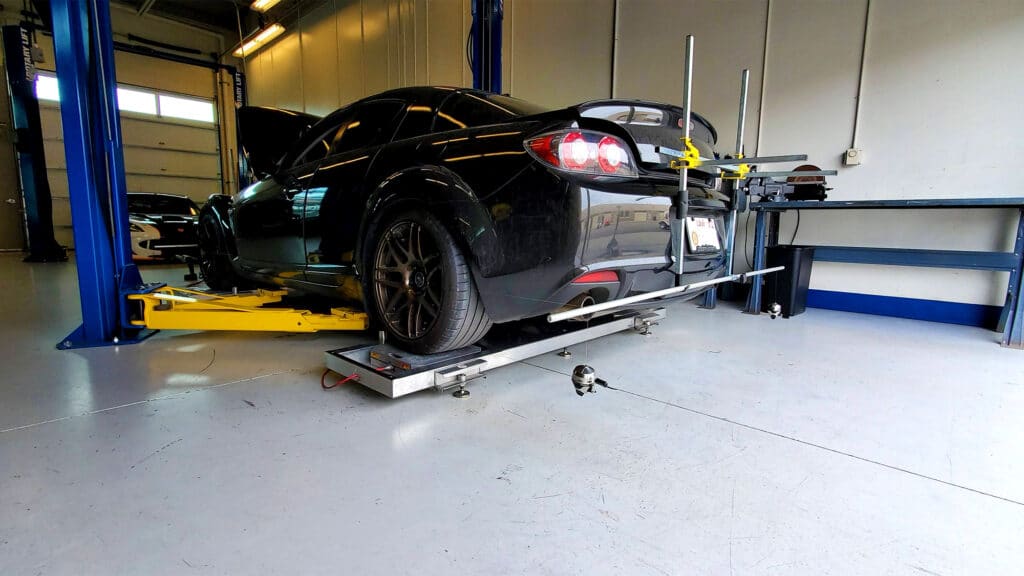
Unbalanced cars are just like wobbly chairs, except in this scenario, the wobbles translate to unpredictable weight transfer and poor handling characteristics.
For instance, your car will turn left just fine, but it will oversteer or understeer when turning right.
Likewise, cars that aren’t corner balanced can have one or even two wheels that end up carrying only a fraction of the total weight, and offload the difference onto the others.
Is It Necessary for Daily Driving?
Corner balancing is more suitable for a spirited driver than a laid-back commuter. It is usually done on cars with sporting intentions to achieve optimum weight distribution for better handling.
There is a reason why streetcars are rarely corner-balanced — soft spring rates. Most economy cars are geared for comfort and sit on springs that are softer than 300 lb/in.
Weight distribution adjustments on springs that soft will barely make any noticeable difference.
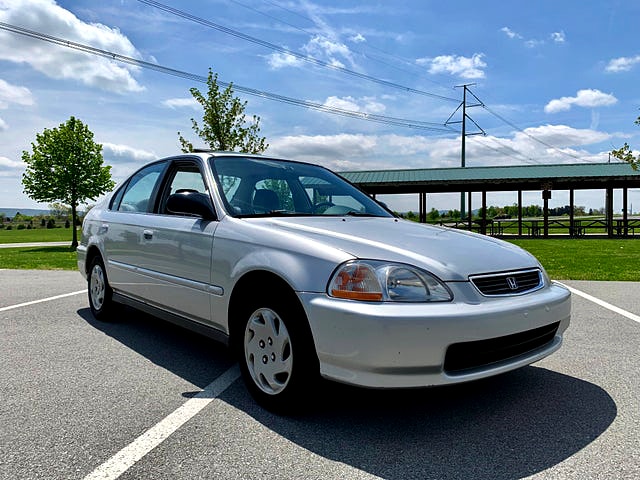
Only cars fitted with high-end springs designed for competitive use can benefit from corner balancing.
So unless you decide to convert your daily driver into a serious track or drift car, getting it corner-balanced is going to be a waste of time and money.
However, it won’t hurt to daily drive a perfectly balanced car. If you want to make your routine commute more interesting, you can install coilovers and get your car balanced.
In our guide to suspension geometry, we’ve discussed how closely interlinked everything is when it comes to suspension tuning. The smallest adjustments can cause a ripple effect and alter 10 other variables.
This is why corner balancing plays a vital role in determining how your car accelerates (squats), brakes (dives), and turns (roll and pitch). Properly corner-balanced cars feel planted and provide reliable feedback even when driving at the limits of traction.
It’s worth mentioning that we can’t really take a one-size-fits-all approach when it comes to corner balancing. Each type of racing requires a different setup.
For instance, Oval racers need offset weight values because they’re required to turn in the same direction throughout the race.
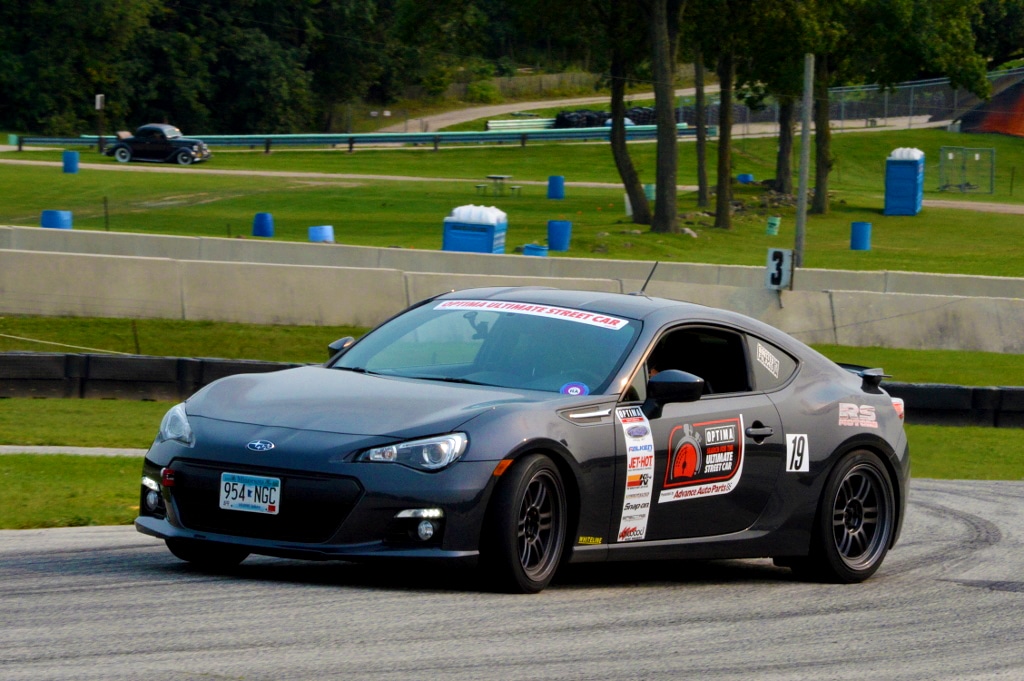
Circuit racers, on the other hand, set up their cars with even weight distribution to account for both left and right side directional changes.
Drag racers focus on distributing weight for optimum traction and are not particularly worried about lateral load transfers.
Corner balancing values will also change depending on the driver’s weight. Now that you know the basics, let’s see how it’s done.
How to Corner Balance a Car
To get started with corner balancing, you need specialized weight scales. Besides that, you’ll need coilover adjustment keys to adjust spring height.

Know that the process is time-consuming and proper balancing can only be achieved with hours of trial and error — especially if it’s your first time and if you’re starting from scratch.
As mentioned, corner balancing doesn’t physically add or subtract weight. So what it does is take away weight from one diagonal and add it to the other, balancing the platform as a result.
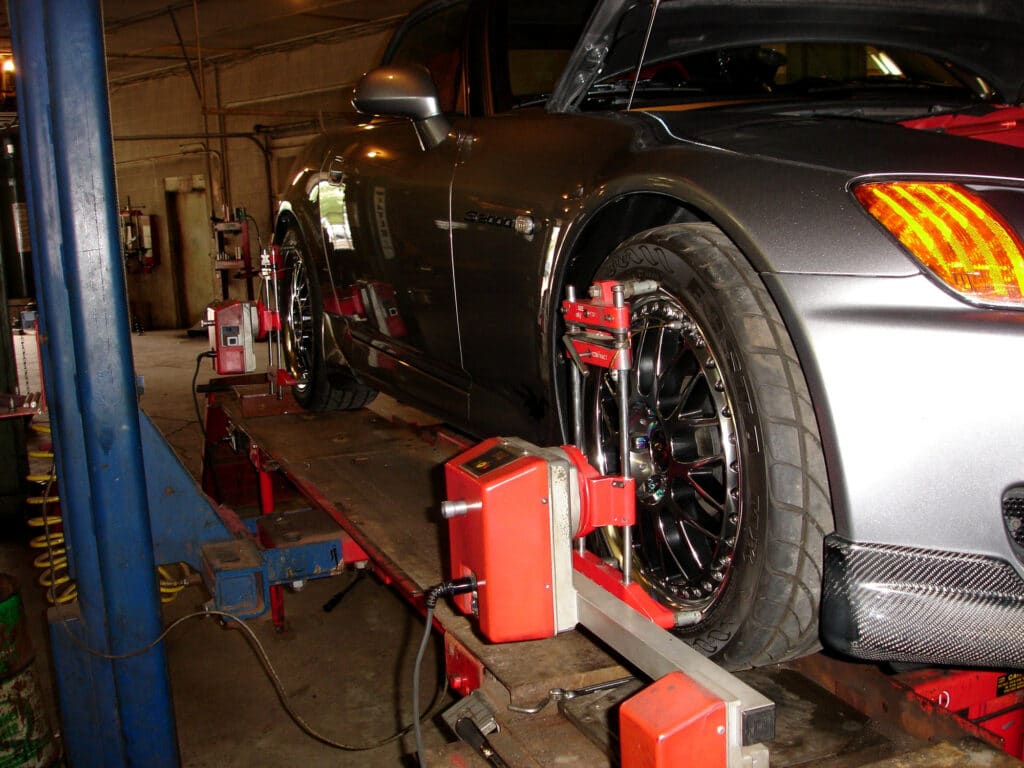
Before you begin, it’s worth noting two things:
- You can only shift weight diagonally
- Making adjustments to any one wheel will impact all other wheel weights.
Now let’s get onto adjusting the corner balance of your car. Here’s the step-by-step process.
- Replicate race conditions — factor in the weight of the driver, and the weight of all fluids. You want to keep the setup as close to the use case as possible.
- If you have a huge subwoofer and amp in the back, take it out, along with any other loose items that you won’t have in your car when you’re racing.
- Ensure that your garage floor is perfectly levelled. If it isn’t, fabricate your own levelled platform.
- Next, jack up your car using floor jacks. It is advised to not drop your car directly onto the scales. Take the time to build a wooden platform that matches the height of your scales. This is so that you can drop your car on the wooden platform first, and then roll it onto the scales. This will allow your suspension to settle and give you accurate readings.
- Next, you’ll want to ensure that all springs are almost the same height. You want them nice and loose. Proceed to disconnect your sway bars if you have them installed.
- Jounce the suspension and roll your car over onto the scales. Depending on what car it is, you’ll observe either a front or rear weight bias. This natural weight bias can only be fixed by physically adding or subtracting weight.
- Effectively, what you want is both diagonal values to match. Check to see if any one side of the diagonal is off. Alternatively, you can look at the cross weight percentage on the weight scale. If it’s above or below 50%, your car has corner imbalance. Your goal is to make it as close to 50% as possible. Know that you don’t have to keep tight tolerances if the car is primarily for street use.
- You calculate this manually as well. Check if the ratio between LF and LR corners is equal to the ratio between RF and RR corners.
- Adjustments can be made by increasing the weight on the front wheel or decreasing the weight on the rear wheel. In simpler terms, if weight is high on one diagonal, unwind the spring to take away additional weight. And if it’s low, add weight by winding the spring.
- Make sure you perform the same adjustment on both sides of the diagonal. That is, if you find the LF to be heavy, remove weight from the LF and RR.
- If you’re removing weight from one diagonal, make sure to add the same quantity on the other diagonal. This ensures the ride height remains the same across the platform.
- For instance, if you unwind one turn on both springs of the LF/RR diagonal, make sure you wind up the RF/LR diagonal by one turn.
- Always take notes and document every change you make, every time you make it one.

How Much Does Corner Balancing Cost?
The corner balancing process is extremely time-consuming. So, if you’re time-poor, look for a tire shop that provides corner balancing and alignment services, and find out if they corner balance cars.

Expect to shell out around $250 to $300, but this mostly depends on how much work there is. If the car is already quite close to 50% cross weight, then there isn’t all that much work left to do.
Alternatively, you can buy a set of corner weight scales and do it yourself. Here are some of our recommendations:
- Proform 67644: Unlike most of the other corner balance scales, this one’s wireless. You are offered a controller and four 15″ square pads, each with a capacity of 1,750 lbs.
- Proform 67650: This weight scale is a wired system and each pad rated slightly less at 1,250 lbs, for a total capacity of 5,000 lbs.
- Intercomp 102030: This is a hub-mounted unit with a capacity of 1,500 lbs per scale. One advantage the Intercomps have is that they work great on asphalt or unimproved surfaces.
Concluding Thoughts
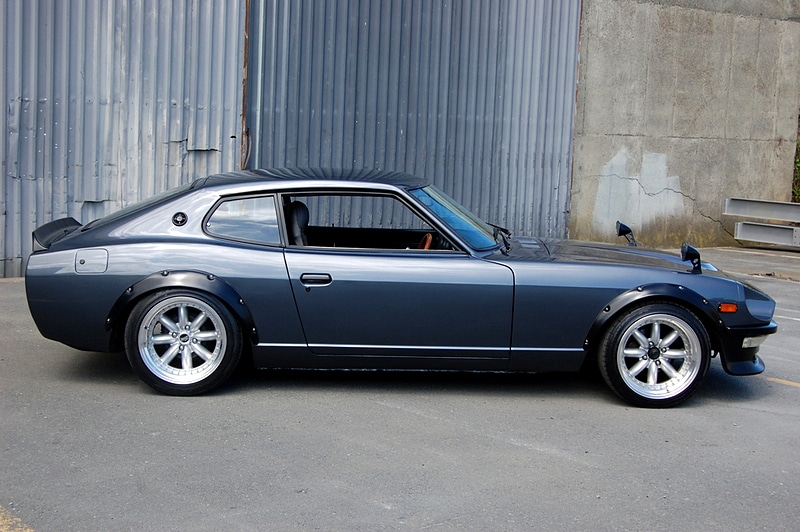
That’s how corner balancing is done. It is usually the last step in the suspension tuning process.
Be mindful when making changes such as adjusting your camber, caster, and toe — doing this will unintentionally change your corner weights. However, minor alignment changes can be overlooked.
Similarly, if there’s a drastic increase or decrease in your car’s ride height, make sure to have it corner balanced should you find that the handling is a bit off.
What are your thoughts on this? Are you confident in going the DIY route or best leave it to the professionals? Let us know by leaving a comment down below!

